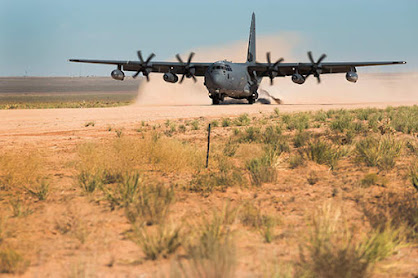Weather Hazards

Aviation Weather Hazard Well, the funny thing about this topic is that I'm concurrently taking Meteorology I with this class. We've covered multiple types of clouds, thunderstorms, tornados, and up to hurricanes. While some of these were obvious that you wouldn't fly through them, the one system that I thought posed the biggest threat to aviation was the mid-latitude cyclone. If you live in Florida up to Tennessee, you've experienced this recently. When the mid-latitude cyclone is in its mature stage the higher pressure cold front is pushing the lower pressure warm front toward the northeast (Ahrens, 2022). The picture below is an example of a mid-latitude cyclone in the mature stage. This system causes a lot of temperature and pressure differences which affect engine performance and lift of the aircraft. While pressure changes aren't really a big factor, it does make the pilots stay on their toes and pay attention to altimeter set...



